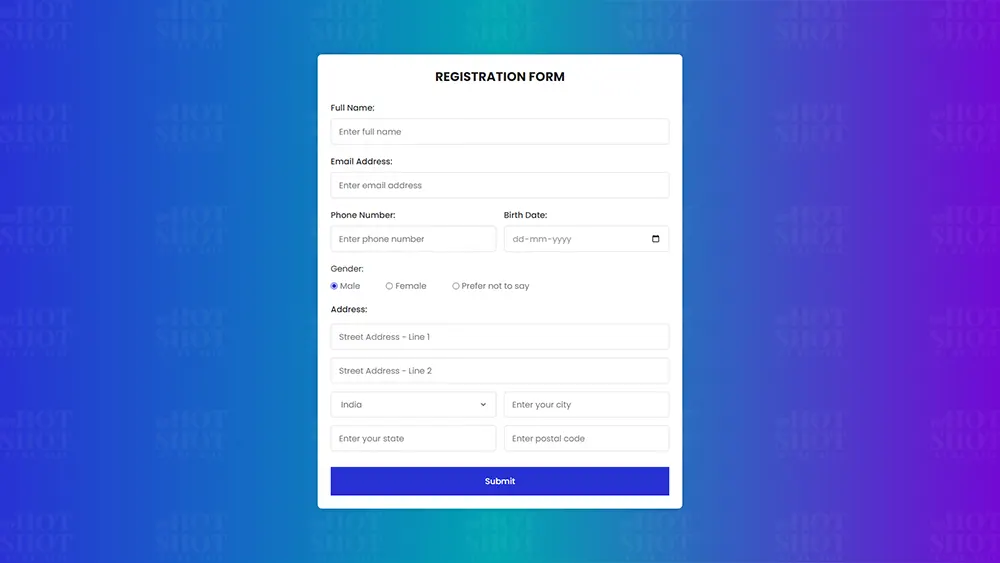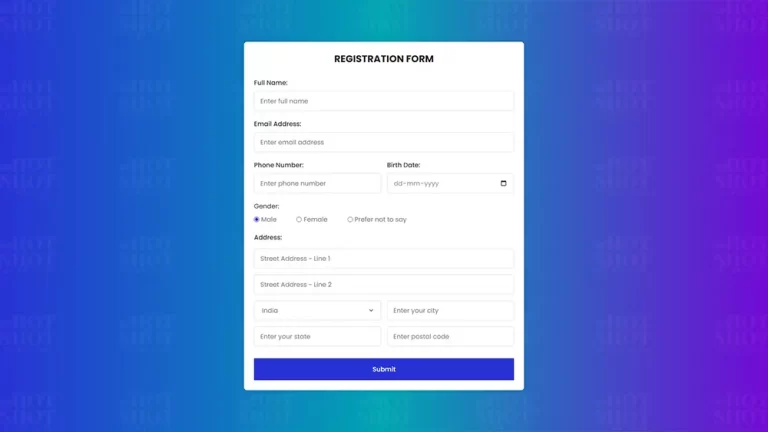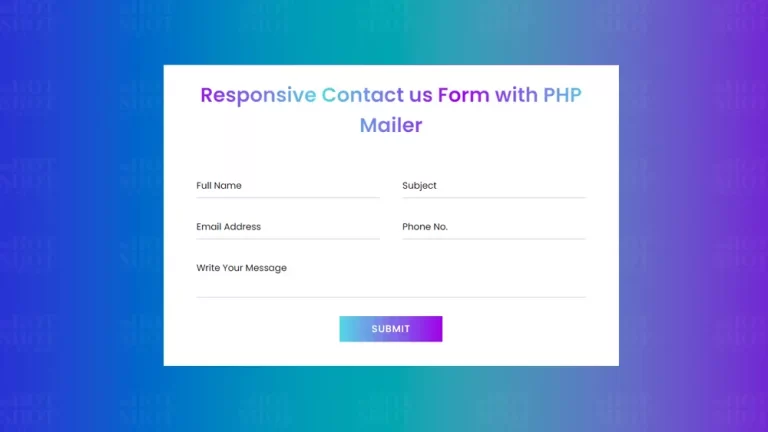In today’s digital landscape, defending against DDoS attacks is crucial for maintaining a secure online presence. This post aims to provide a clear understanding of DDoS attacks and equip you with practical steps to safeguard your website against this disruptive threat.
Section 1: Understanding DDoS Attacks
In today’s interconnected world, Distributed Denial of Service (DDoS) attacks pose a significant risk to businesses and individuals alike. Let’s dive into the world of DDoS attacks, understand their underlying mechanisms, and explore their potential consequences.
DDoS attacks occur when malicious actors flood a target website or network with an overwhelming amount of traffic, rendering it inaccessible to legitimate users. The motive behind such attacks can range from financial gain to activism or even personal vendettas.
These attacks disrupt the normal functioning of online services, causing businesses to lose revenue, tarnishing their reputation, and potentially compromising sensitive user data. By overwhelming server resources or congesting network bandwidth, DDoS attacks can bring down even the most robust online platforms.
To launch a DDoS attack, perpetrators often employ botnets, which are networks of compromised computers or Internet of Things (IoT) devices under their control. This enables them to amplify their attack power and make detection more challenging.
Understanding the intricacies of DDoS attacks is crucial in order to protect your online assets effectively. In the following sections, we will explore how to recognize the signs of a DDoS attack, implement preventive measures, and fortify your network infrastructure against this pervasive threat.
Section 2: Recognizing the Signs of a DDoS Attack
Identifying the signs of a DDoS attack is the first step towards mitigating its impact. By recognizing the warning signs early, you can take swift action to protect your website, minimize downtime, and ensure a seamless user experience.
Unusual Spike in Network Traffic: A sudden surge in incoming traffic beyond your normal threshold can indicate a potential DDoS attack. Monitor your network traffic patterns regularly to detect any abnormal activity.
Performance Degradation: If your website or online services experience a significant slowdown, frequent timeouts, or increased error messages, it could be a sign of a DDoS attack overwhelming your resources.
Inaccessible Services: If specific services or web pages become inaccessible to users while other parts of your website remain functional, it might indicate a targeted DDoS attack aimed at specific vulnerabilities.
Unusual Traffic Patterns: Monitor your network logs and traffic data to identify any irregular patterns, such as high volumes of traffic originating from a single source or a small group of IP addresses.
Unexpected IP Spoofing: DDoS attacks often involve IP address spoofing, where the attacker disguises their true identity by falsifying the source IP addresses. Look for inconsistencies in the origin of incoming traffic.
Being vigilant and proactive in monitoring your network will enable you to swiftly detect a DDoS attack and take appropriate countermeasures. In the next section, we will explore actionable steps you can take to protect your website from such attacks.
Section 3: Actionable Steps to Protect Against DDoS Attacks
To safeguard your website from DDoS attacks, it’s essential to implement proactive measures that enhance your resilience. In this section, we’ll explore practical steps you can take to fortify your defenses and mitigate the impact of potential DDoS attacks.
Implement Traffic Monitoring and Detection Tools: Utilize robust traffic monitoring tools to track incoming traffic and identify any suspicious patterns or anomalies. Implement intrusion detection systems (IDS) and intrusion prevention systems (IPS) to detect and block malicious traffic in real-time.
Configure Firewalls for DDoS Protection: Configure firewalls to filter out malicious traffic and implement rate-limiting rules to restrict excessive requests. Utilize next-generation firewalls that offer specific DDoS protection features, such as SYN flood protection or IP reputation filtering.
Employ Content Delivery Networks (CDNs): Leverage the power of CDNs to distribute your website’s content across multiple servers geographically. CDNs can help absorb and mitigate DDoS attacks by distributing traffic and providing additional bandwidth capacity.
Enable Rate Limiting and CAPTCHA: Implement rate limiting measures to restrict the number of requests from a single IP address, preventing a single source from overwhelming your resources. Additionally, consider integrating CAPTCHA challenges to distinguish between human users and bots.
Deploy DDoS Mitigation Services: Consider partnering with DDoS mitigation service providers who specialize in protecting against DDoS attacks. These services employ advanced mitigation techniques, such as traffic scrubbing and anomaly detection, to filter out malicious traffic.
Create an Incident Response Plan: Develop a comprehensive incident response plan that outlines the steps to be taken in the event of a DDoS attack. Assign roles and responsibilities, establish communication channels, and define the actions needed to mitigate the attack promptly.
Section 4: Strengthening Network Infrastructure
To withstand DDoS attacks effectively, it’s crucial to strengthen your network infrastructure. In this section, we’ll explore strategies to fortify your network, enhance scalability, and ensure optimal performance even in the face of a DDoS attack.
Implement Load Balancing: Distribute incoming traffic evenly across multiple servers using load balancing techniques. This helps prevent a single server from becoming overwhelmed and improves overall availability and performance.
Use Redundant Architecture: Design your network with redundancy by utilizing multiple servers, routers, and network paths. Redundancy minimizes the impact of a DDoS attack by allowing traffic to be rerouted to alternative paths or servers.
Employ Intrusion Detection Systems (IDS): Deploy IDS devices to monitor network traffic and detect any suspicious or malicious activity. IDS can provide early warnings of a potential DDoS attack, allowing for timely response and mitigation.
Consider Traffic Scrubbing Services: Invest in traffic scrubbing services that analyze incoming traffic, filter out malicious packets, and forward only clean traffic to your network. This helps mitigate the impact of DDoS attacks and ensures smooth operations.
Optimize Network Bandwidth: Regularly assess your network’s bandwidth capacity and consider upgrading if necessary. Sufficient bandwidth allows your network to handle sudden spikes in traffic caused by DDoS attacks without significant performance degradation.
Section 5: Educating Your Team and Partners
Defending against DDoS attacks requires a collaborative effort. In this section, we’ll explore the importance of educating your team and partners, raising awareness about DDoS attacks, and establishing robust incident response protocols.
Raise Awareness: Educate your team and partners about the risks and impact of DDoS attacks. Make them aware of the signs to look out for and the actions to take in the event of an attack. Regularly communicate updates and best practices to ensure everyone remains informed.
Develop Incident Response Plans: Create detailed incident response plans that outline the steps to be followed during a DDoS attack. Assign specific roles, establish communication channels, and define the procedures for activating mitigation measures and notifying relevant stakeholders.
Conduct Regular Training Sessions: Organize training sessions to familiarize your team with DDoS attack scenarios and response techniques. Simulate mock DDoS attacks to practice incident response procedures and ensure everyone is prepared to act swiftly and effectively.
Foster Collaboration with Service Providers: Maintain open lines of communication with your internet service provider (ISP) and hosting provider. Understand their DDoS protection capabilities, discuss mitigation strategies, and ensure they are prepared to handle attacks that may target your infrastructure.
Conclusion:
By understanding DDoS attacks, recognizing their signs, implementing proactive measures, fortifying network infrastructure, and educating your team, you can significantly enhance your ability to defend against DDoS attacks. Stay proactive, continuously evaluate your security posture, and collaborate with partners to ensure a resilient online presence. With these measures in place, you can protect your website and users from the disruptive effects of DDoS attacks. Stay safe, stay secure!











